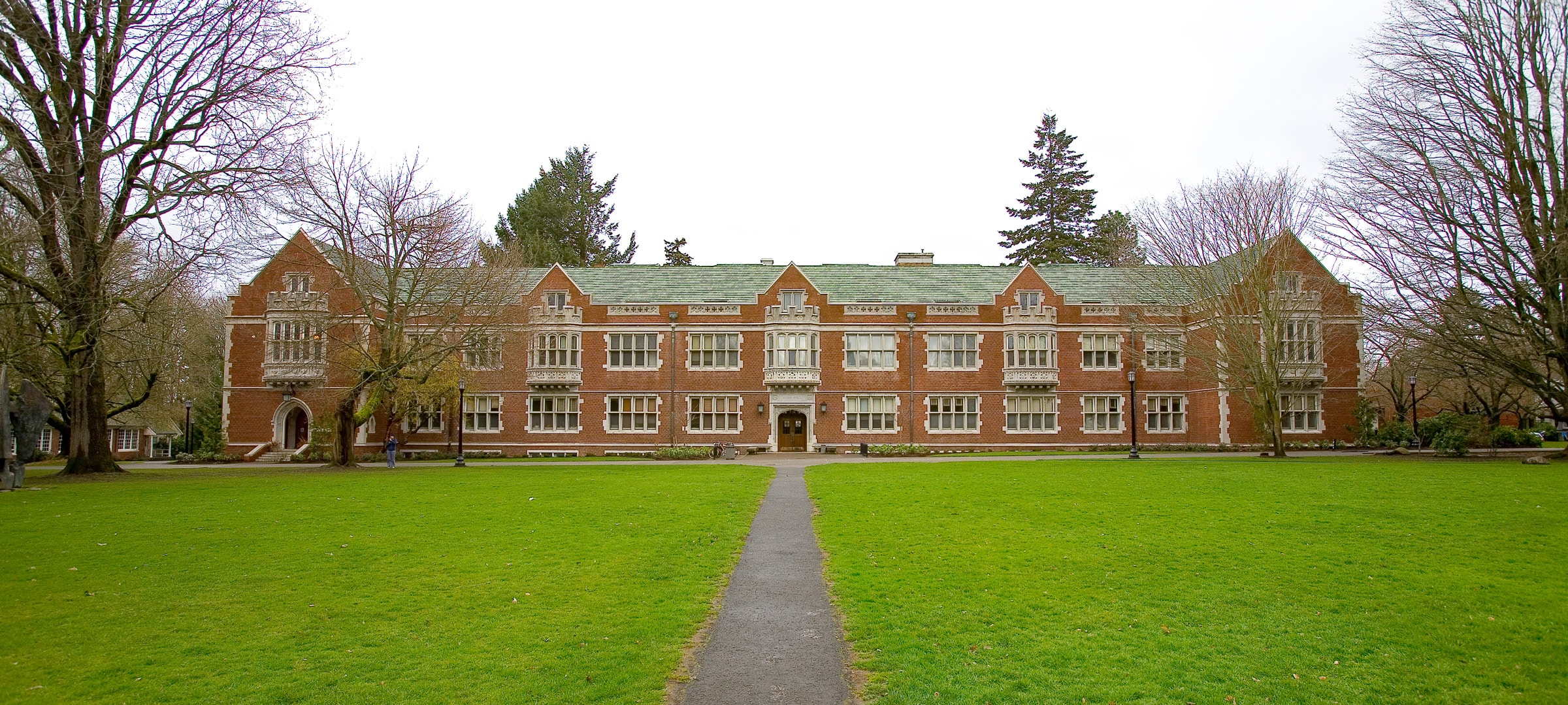

When preparing for college, one important aspect to consider is the living arrangements. College dorm rooms serve as the home away from home for many students. The size of dorm rooms can vary significantly depending on the college or university. In this article, we will explore the average size of college dorm rooms, factors that can influence their size, and tips for maximizing space in a small dorm room.
Several factors can influence the size of college dorm rooms. These include:
Each college or university may have its own policies and guidelines regarding dorm room sizes. Some institutions prioritize providing larger rooms to students, while others may have limited space and offer smaller rooms.

Dorm rooms can be configured in different ways, such as single rooms, double rooms, or suites. Single rooms typically provide more space for individual students, while double rooms require students to share the available space.
Older dormitories may have smaller rooms compared to newer ones. Additionally, the location of the dormitory within the campus can also impact the size of the rooms.
The demand for campus housing can also influence the size of college dorm rooms. If there is a high demand for housing and limited space available, the size of the rooms may be smaller to accommodate more students.
The average size of college dorm rooms can vary widely depending on the factors mentioned above. However, to provide a general idea, here are some typical size ranges for different types of dorm rooms:
Single dorm rooms can range from approximately 100 to 200 square feet. These rooms are designed for individual students and typically provide enough space for a bed, desk, chair, and some storage.
Double dorm rooms, where two students share the space, can range from around 200 to 300 square feet. These rooms often include two beds, two desks, chairs, and storage options for each student.
Some colleges and universities offer suite-style or apartment-style housing options. These typically provide more space and additional amenities. The size of these rooms can vary significantly, ranging from 300 to 600 square feet or more, depending on the specific configuration.
It’s important to note that these measurements are approximate and can vary between institutions. It’s always recommended to check with the college or university directly for accurate information on dorm room sizes.
Living in a small dorm room can be a challenge, but with some creativity and organization, you can make the most of the available space. Here are some tips for maximizing space in a small dorm room:
Take advantage of the vertical space in your room by using wall shelves, hanging organizers, and stackable storage bins. This allows you to store items without taking up valuable floor space.

Invest in furniture pieces that serve multiple purposes. For example, a loft bed with a desk underneath can provide both sleeping and study space. Additionally, storage ottomans can double as seating and storage solutions.
Utilize the space under your bed by using storage containers or bins. This is a great way to store items such as extra bedding, clothing, or seasonal items.
Keep your dorm room organized by regularly decluttering and getting rid of items you no longer need. This will help to create a more spacious and functional living environment.
If you have a roommate, coordinate with them to maximize space and avoid unnecessary duplication of items. Consider sharing larger items like mini-fridges or microwaves to save space.
The average size of college dorm rooms can vary depending on several factors, including college policies, room configuration, dormitory age, and campus housing demand. Understanding the average sizes and factors that influence room size can help students prepare for their college living arrangements. By implementing space-saving strategies and maximizing the use of available space, students can create a comfortable and functional living environment in their dorm rooms.







